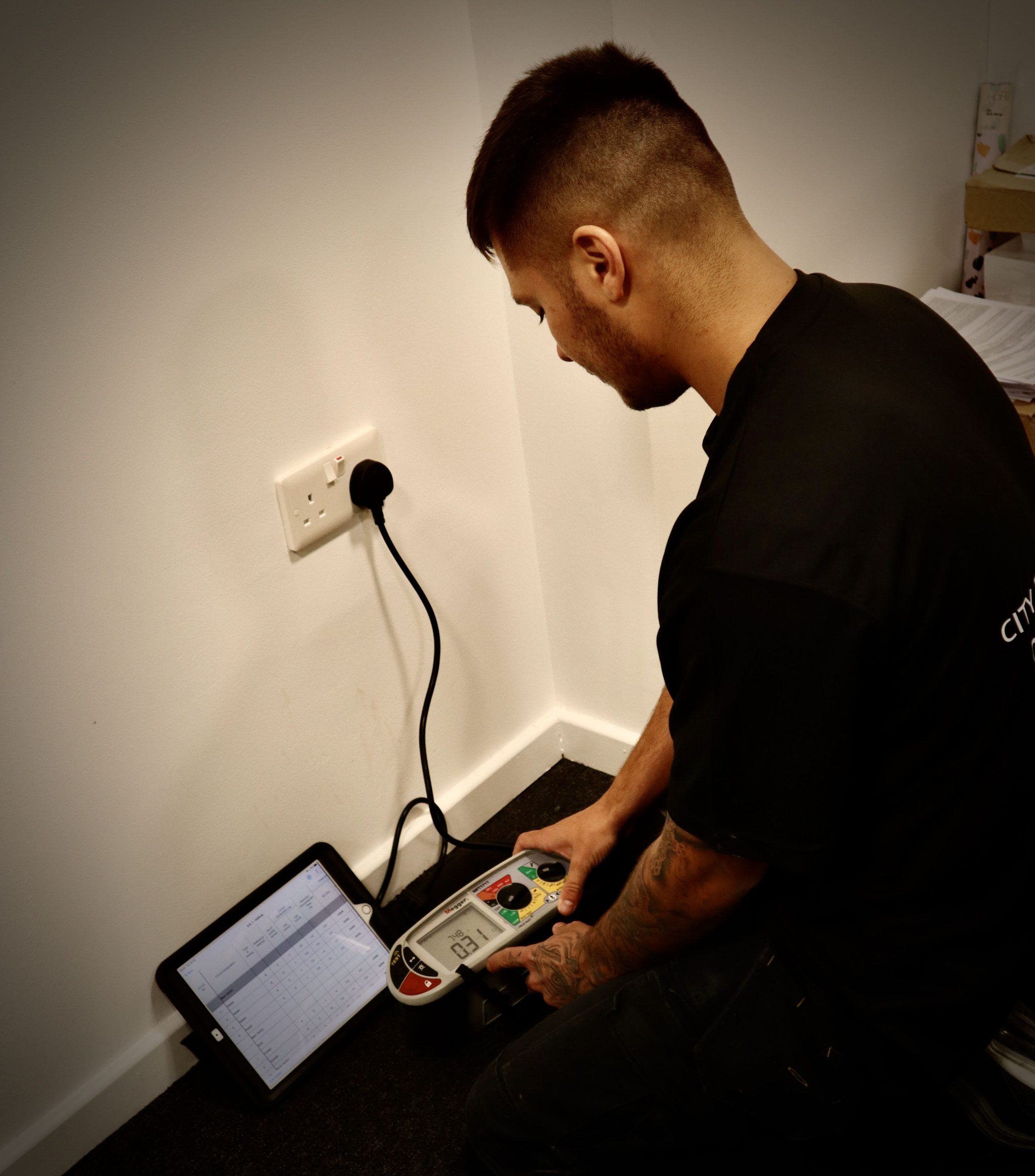What is an Electrical Installation Condition Report (EICR)?
EICRs determine if the wiring and electrics in your home are safe. They're also known as 'Landlord Safety Tests' or 'Home Buyer Tests' and are performed by licensed electricians. A home should be inspected every ten years by an EICR, while rentals should be inspected every five years, or sooner if the most recent report specifies.
EICRs (Electrical Installation Condition Reports) are now legally required in all residential, commercial, and industrial buildings as part of the landlord's duty of care. For each electrical system and fitting in the house, only the data discovered during an examination should be used to create a report, which is always carried out by licensed professionals.

Regulations for EICR
Every new and pre-existing tenant of a residential property must receive a copy of their most recent EICR from their landlord as of April 20, 2021. A £30,000 fine could be imposed if the landlord fails to submit a valid EICR. Before, an EICR was required every five years to ensure that all fixed electrical components of a house were safe. It is important not to overlook the revision of regulation, formally named Electrical Safety Standards in the Private Rented Sector (England) Regulations 2020, since it impacts any tenancy, new or existing. EICRs provide protection under the Electricity At Work Regulations 1989 and the Electricity At Work Act 1974 when you are in charge of commercial or industrial premises. In addition, insurance companies commonly require EICRs for premises that are insured.
Electrical Installation Condition Reports (EICR) can be produced in Beds, Bucks and Herts, as well as surrounding areas.
- Document the results of the inspection and tests to determine the safety of the electrics
- Identify and report any damage to the electrics that might pose a safety risk
- Look for anything that doesn't conform to IET wiring regulations
- Make sure nothing may cause electric shocks or high temperatures
- Provide a record of the installation at the time of inspection
Depending on the findings of the assessment, the landlord may need to have the report's recommendations investigated or corrective work completed by a qualified expert. In the 28 days that follow the inspection, or within the time period stated in the report if earlier, this work must be completed.
Local authorities who believe landlords are in violation of the requirements must issue a corrective notice to the landlord, so that he can take the appropriate action. Local authorities may issue a notice of intent to levy a financial penalty if they determine that a private landlord has violated the rules beyond a reasonable doubt. The amount of the penalty is determined by the local council but is not greater than £30,000.
The UK does not have a legal requirement for landlords to require EICRs for individual tenants, however, several landlords still do so as a best practice. The electrical equipment status report is valid for five years. When enforcement of the regulation begins (April 1, 2021), an EICR already in place is not required to be completed by the expiration date of this report. The EICR certificate should be checked regularly, and the expiration date marked on the calendar in case it's forgotten.
In general, the regulations apply to most tenancies, including regulated tenancies (pre-1989) and HMOs. However, the regulations are not applicable to the following tenancies:
- Tenancy whose landlord is a private registered provider of social housing
- An arrangement whereby the tenant shares accommodation with the landlord or a member of the landlord's family
- Long-term tenancies or tenancies that grant occupancy rights for at least seven years
- Student accommodation
- Hostels, refuges, care homes, hospices, hospitals and other healthcare buildings
It is important to note that a valid EICR does not include PAT testing, as PAT stands for Portable Appliance Testing, while an EICR is performed to inspect fixed electrical parts in a home. In order to comply with electricity regulations and safeguard tenants or employees from danger, PAT testing is an additional requirement.
The Electrical Installation Certificate (EIC) will be given to you if your property has been completely rewired.
Unless these regulations are broken, landlords will not need to conduct further checks or arrange an EICR until five years after the EIC has been issued. Upon request, landlords can provide copies of the EIC to tenants and the local authority.
Electrical Installation Certificates (EICs) should be obtained by newly built properties. In the case of new construction or a rewired rental property, you can wait five years after the EIC has been issued to get an Electrical Installation Condition Report (EICR).
Electrical Installation Condition Reports were advised every ten years instead of every five years before these requirements were enacted. As a result, many older certificates will have a ten-year original validity, but will become invalid once they reach the age of five years. As a result, if you have an existing certificate that was issued more than five years ago, it will not be valid under these requirements, even if it had a ten-year original validity. Private rental properties must undergo an electrical examination and EICR every five years as of April 1, 2021.
If your EICR determines your property's electrics to be unsatisfactory, you'll be compelled to conduct remedial work within 28 days. If at all possible, repair work should be carried out prior to a tenant moving in. Your tenant may be injured if your electrics are still hazardous when they move in, and you (the landlord) will be held accountable. If your property doesn't have an EICR and you're letting it out for the first time, you should schedule an EICR far ahead of the tenancy start date.
To stay in compliance with the rules, all landlords should make sure they have an up-to-date Electrical Installation Condition Report. You'll have piece of mind knowing your property is legal and safe after you have your certificate, and you won't have to worry about it for another five years!
After the survey and payment is received, the report is provided within 24 hours (when paid by bank transfer or PayPal).
